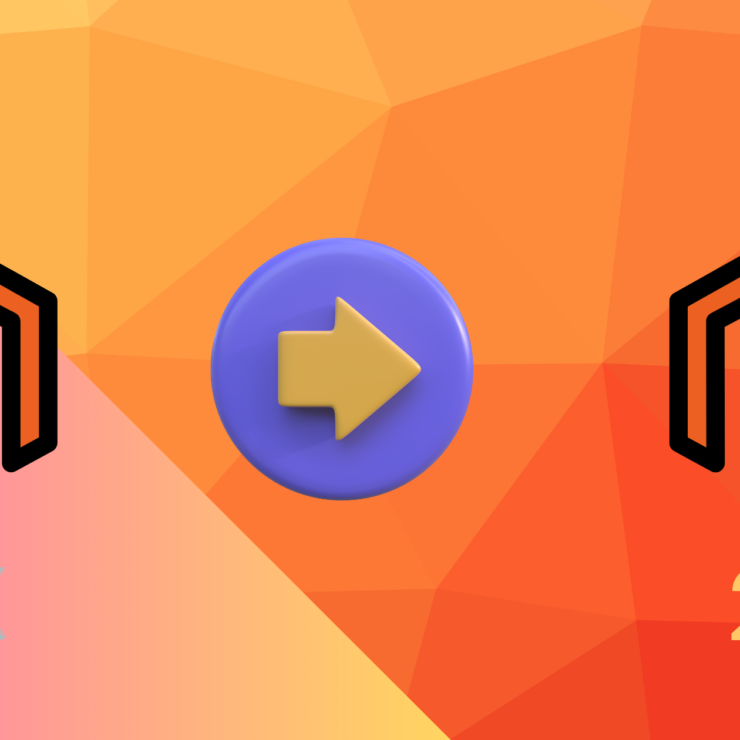Introduction
In the ever-evolving landscape of e-commerce, Magento 2 Headless PWA stands out as a game-changer, offering a seamless and engaging user experience. Let’s delve into the depths of this cutting-edge technology and explore all the aspects you need to know in 2024.
Understanding Magento 2 Headless PWA
Magento 2 Headless PWA combines the flexibility of a headless architecture with the performance and user experience benefits of a Progressive Web App (PWA). By decoupling the frontend from the backend, it allows for greater customization, faster loading times, and enhanced mobile experiences.
Benefits of Magento 2 Headless PWA
- Enhanced Performance: PWA technology ensures lightning-fast loading speeds, reducing bounce rates and improving user engagement.
- Cross-Platform Compatibility: Reach users across various devices seamlessly, providing a consistent experience.
- Offline Functionality: PWA capabilities enable users to browse even when offline, enhancing user convenience.
- SEO-Friendly: Improved SEO performance due to faster loading times and responsive design.
Implementation and Integration
Implementing Magento 2 Headless PWA requires a strategic approach to ensure a smooth transition and optimal performance.
Steps to Implement Magento 2 Headless PWA
- Backend Setup: Configure Magento 2 as a headless CMS, separating the frontend and backend functionalities.
- PWA Development: Build a Progressive Web App using technologies like React, Vue.js, or Angular.
- API Integration: Connect the PWA frontend to the Magento 2 backend using APIs for seamless data exchange.
- Testing and Optimization: Thorough testing and optimization to ensure a flawless user experience across devices.
Future Trends and Considerations
As we step into 2024, the realm of Magento 2 Headless PWA continues to evolve with emerging trends and considerations.
Future Trends
- Personalization: Tailoring user experiences through AI-driven personalization.
- Voice Commerce: Integration of voice assistants for a hands-free shopping experience.
- Augmented Reality: Implementing AR features for immersive product visualization.
Considerations
- Security: Prioritizing data security and compliance with evolving regulations.
- Scalability: Ensuring the architecture can handle increasing traffic and user demands.
- User Experience: Continuously optimizing the PWA for a seamless and intuitive user journey.
How can a headless PWA improve user experience on an e-commerce website
Implementing a headless Progressive Web App (PWA) architecture can significantly enhance the user experience on an e-commerce website in several ways:
Lightning-Fast Performance: PWAs are known for their speed and responsiveness. By decoupling the frontend from the backend, a headless PWA reduces the server load and optimizes performance. This results in faster page loading times, seamless navigation, and an overall snappier user experience.
Offline Accessibility: One of the most compelling features of PWAs is their ability to work offline or in low-connectivity environments. By caching essential resources, such as product images and data, a headless PWA ensures that users can continue browsing and making purchases even when they’re offline. This uninterrupted access contributes to higher user engagement and satisfaction.
App-Like Experience: PWAs offer an app-like experience without the need for users to download and install a native app. With features like smooth animations, gestures, and full screen mode, a headless PWA provides a seamless and immersive browsing experience that closely resembles that of a native mobile app. This familiarity and ease of use can lead to higher conversion rates and repeat visits.
Cross-Platform Compatibility: Unlike traditional web applications, PWAs are designed to work across all devices and platforms, including desktops, smartphones, and tablets. By adopting a headless PWA architecture, e-commerce websites can deliver a consistent and optimized experience across various devices, regardless of screen size or operating system. This ensures that users can access the site from their preferred device without compromising usability or functionality.
Push Notifications: PWAs support push notifications, allowing businesses to re-engage users and drive conversions with timely and personalized messages. Whether it’s a special promotion, a back-in-stock notification, or an abandoned cart reminder, push notifications enable e-commerce websites to stay top-of-mind and encourage repeat purchases. By leveraging push notifications effectively, a headless PWA can foster customer loyalty and drive revenue growth.
Improved SEO Performance: PWAs are inherently search engine-friendly due to their fast loading times, mobile responsiveness, and secure HTTPS connections. By improving the site’s performance and usability, a headless PWA can positively impact its search engine rankings and visibility. This, in turn, attracts more organic traffic and enhances the overall user experience by making it easier for users to discover and access the site.
What are some examples of successful implementation of a headless PWA on an e-commerce website
There are several examples of successful implementation of headless PWA on e-commerce websites, including:
Pure Formulas: This e-commerce brand witnessed a significant improvement in website performance, site speed, and responsiveness after implementing PWA. This led to a 50% increase in page views and a 24% increase in conversion rate, resulting in improved customer retention.
Annie Selke: This home decor brand adopted a combination of PWA & AMP technologies and server-side rendering to improve its site’s performance and provide a faster and more engaging user experience. This resulted in a 40.41% increase in leads from organic traffic and a marked improvement in site speed and user engagement.
Lancôme: This French luxury perfumes and cosmetics house saw a 17% increase in conversion rate after adopting a headless approach to e-commerce, making it easier for their target audience to make purchases even on-the-go.
Debenhams: This British multinational retailer adopted a headless approach with React PWA to address its ongoing battle with consumer bouncing rate and improve mobile revenue by 40% and conversion rate by 20%.
Lilly Pulitzer: This apparel retailer brand adopted headless commerce early on in its journey to be able to change its storefront experience based on its growth strategies, without affecting the site experience for current visitors. This allowed the brand to handle high traffic and deliver a personalized out-of-the-box experience to its customers.
Canvas 1839: This CBD-supportive SaaS ecommerce platform adopted a headless model and launched its website using a progressive web app (PWA) built on Gatsby, giving them the benefits of a CBD-supportive SaaS ecommerce platform as well as the flexibility to innovate their frontend
What are some challenges that e-commerce websites face when implementing a headless PWA
Some challenges that e-commerce websites may face when implementing a headless PWA include:
Complexity and Development Resources: Implementing a headless architecture requires a higher level of technical expertise and development resources compared to traditional e-commerce websites. This can lead to increased development costs and longer implementation timelines.
Maintenance and Updates: Managing a headless PWA can be more complex and require ongoing maintenance to ensure optimal performance and security. Updates to the front-end and back-end components may need to be coordinated carefully to avoid disruptions in the user experience.
Integration with Existing Systems: Integrating a headless PWA with existing backend systems, such as inventory management or CRM systems, can be challenging and may require significant customization and API development. Ensuring seamless data exchange and functionality across different systems can be a complex task.
SEO Optimization: While PWAs are known for their SEO-friendly nature, ensuring proper SEO optimization in a headless architecture can be more challenging due to the decoupling of the front-end and back-end components. Careful planning and implementation are required to maintain or improve SEO rankings.
Performance Optimization: While headless PWAs are designed for improved performance, ensuring consistent and optimal performance across devices and platforms can be a challenge. Factors like caching strategies, network optimization, and responsive design need to be carefully considered to deliver a seamless user experience.
User Experience Consistency: Maintaining a consistent user experience across different channels and devices can be challenging in a headless architecture, especially when integrating with various frontend frameworks and technologies. Ensuring a cohesive and intuitive user journey requires careful planning and testing.
End Note
In conclusion, Magento 2 Headless PWA emerges as a transformative solution in e-commerce, offering unparalleled flexibility, performance, and user experience. Despite challenges in implementation and optimization, its benefits, including lightning-fast performance, cross-platform compatibility, offline accessibility, and SEO-friendliness, elevate the e-commerce experience. While complexities in development, maintenance, integration, and ensuring consistent user experience may arise, they can be overcome with strategic planning and expertise.
If you are seeking merchants to assist in creating a Headless PWA for your Magento 2 platform, Magentoecom stands out as a top choice. With the best track record, we are a leading eCommerce development, offering specialized and experienced Magento development services. Our expertise has supported numerous businesses in crafting outstanding PWA websites at competitive rates.




